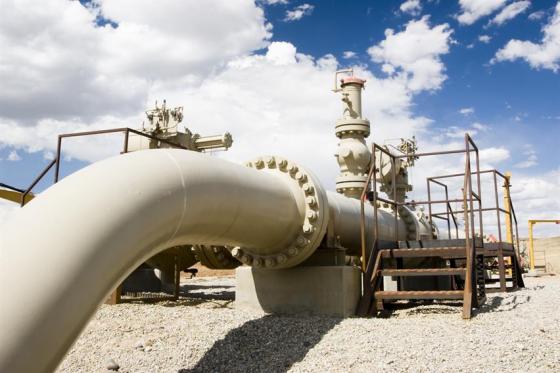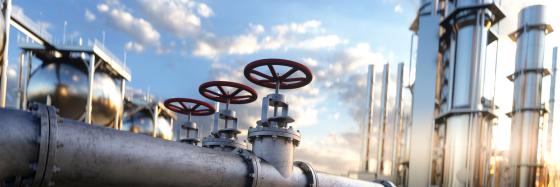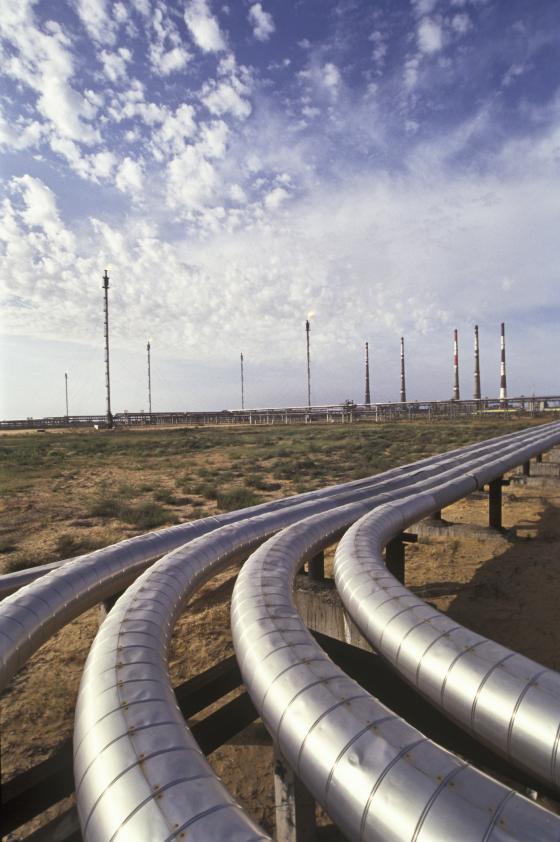Multiplier Recommendation
Multiplier Recommendation
What is it about?

Multipliers are factors used to set tariffs for short-term capacity products (within-day, daily, monthly and quarterly).
The Network Code on Harmonised Transmission Tariff structures sets obligations for national regulatory authorities (NRAs) to consult on multipliers and defines appropriate ranges for the level of these multipliers.
In parallel with these processes, ACER issued a recommendation on 20 July 2021, encouraging national regulatory authorities to better substantiate their decisions where daily and within-day multipliers are set above 3. In particular, they should base their justifications on the specificities of each interconnection point and make explicit their regulatory objectives (market integration, liquidity, competition, cost reflectivity and tariff stability, etc.).
The Agency also recommends NRAs of those Member States connected by transmission pipelines to better coordinate their decisions when setting multipliers in combination with seasonal factors.
Access the Recommendation 01/2021.
Read more on its Annexes I and II (overview of multiplier levels & analysis and evaluation of responses).









